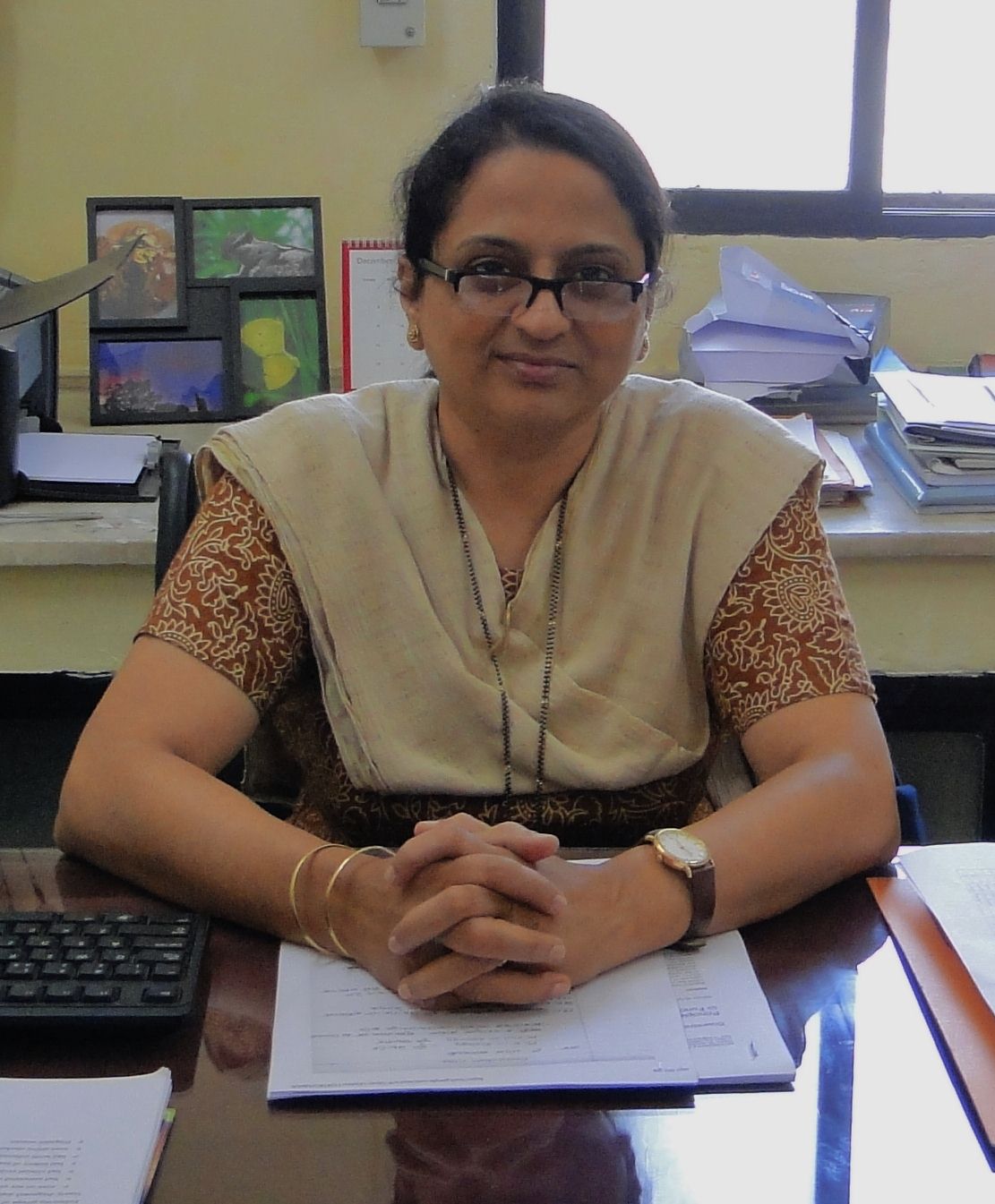
|
Saroj Ghaskadbi, Ph.D
Professor, Department of Zoology, Savitribai Phule Pune University, Pune-411007 India Office telephone: 020 25601300, 020 235690617 E-mail: ssg@unipune.ac.in, sghaskadbi@gmail.com |
 |

|
Saroj Ghaskadbi, Ph.D
Professor, Department of Zoology, Savitribai Phule Pune University, Pune-411007 India Office telephone: 020 25601300, 020 235690617 E-mail: ssg@unipune.ac.in, sghaskadbi@gmail.com |
 |
With interest in DNA damage and repair, initially we worked with islet cells of mouse and human pancreas and showed that they have very poor ability to repair oxidatively damaged DNA compared to liver cells. We developed monoclonal antibody against 8-OH-dG to quantitate the damage in the DNAin collaboration with National Center for Cell Science, Pune.
Later on, in collaboration with Dr. Surendra Ghaskadbi’s lab at Agharkar Research Institute, Pune, , we have been working on DNA repair systems in Hydra, a cnidarian. Hydra is a simple diploblastic animal that has been around for over 500million years. It exhibits lack of organismal ageing and a spectacular ability to regenerate. Very little is known about DNA repair in hydra. We have identified a few genes in nucleotide excision repair, base excision repair and are currently characterising them.
We are interested in understanding how cells cope up with oxidative stress. We use different cell systems including islet cells, liver cells, muscle cells and adipose cells in this work. Islet cells are insulin producing cells while liver, muscle and adipose cells are insulin responsive cells.We have clearly demonstrated that due to low antioxidant defence, islet cells succumb very easily to oxidative stress leading to impairment of their function of insulin secretion compared to the more robust liver cells. We also showed that treatment with strong antioxidants helps islet cells cope up better with oxidative stress both in vitro and in vivo. We are now trying to understand involvement of oxidative stress in development of insulin resistance in liver, muscle and adipose cells which are insulin responsive.
We have recently studied comprehensive oxidative stress profile of newly diagnosed diabetic patients and checked whether this profile improves on controlling hyperglycemia. Our results clearly demonstrate that reduction in glycemic stress in diabetic patients alleviates oxidative stress, improves beta cell function and reduces insulin resistance. Systematic monitoring of oxidative stress with glucose could identify an individual’s recovery trajectory. In collaboration with Dr. Pranay Goel, Indian Institute of Science Education and Research, Pune, we developed a mathematical model which showed that recovery is marked with a quantal response. From the model we could predict amount of maximal glutathione at low stress, glucose threshold for half-maximal glutathione and rate at which recovery progresses. We did find significant differences among individuals in their response to glucose control. We believe that this method can help in personalisation of effective target of glucose control in anti-diabetic therapy.